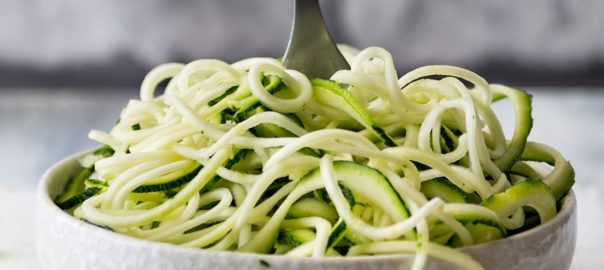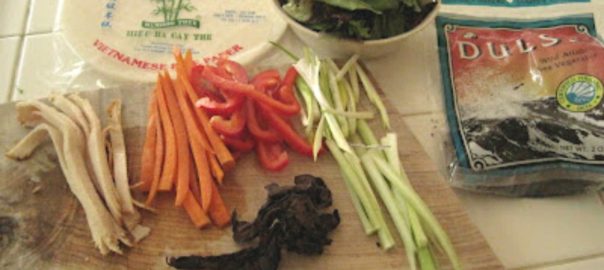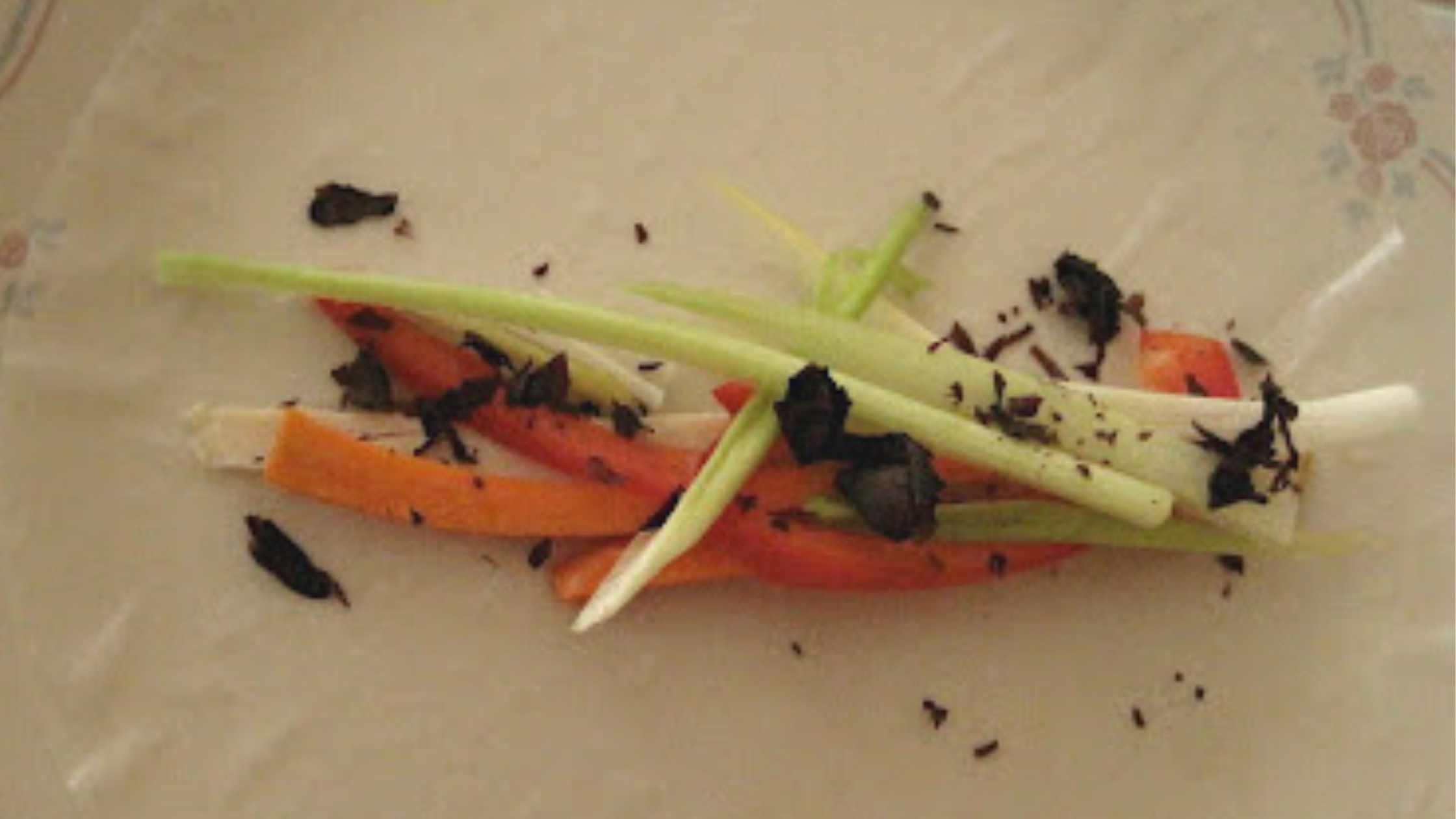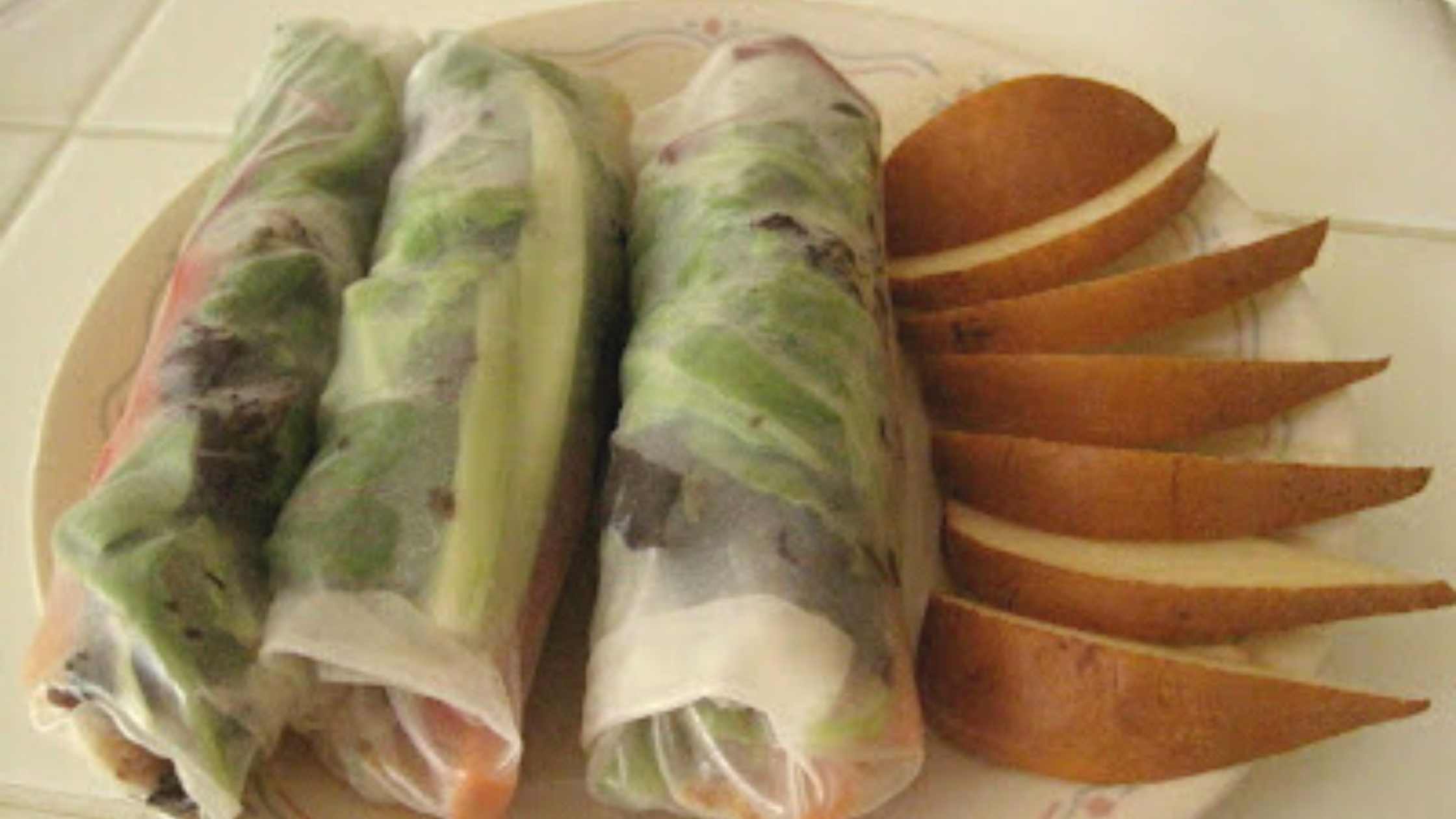It's zucchini season, that means LOTS of zucchini and a distinct need for more recipes. And while zucchini bread is really delicious, there's only so much of that that you can eat in one season.
Below is a dinner that I made recently using zucchini noodles or zoodles. One of the great things about this dish, aside from using up more zucchini, is that it's quick, easy, and very tasty. It's an assembly-style dish. You cook each of the layers individually and when you get to the last layer dinner is done. Most of the time is spent in prep-work, the actual cooking doesn't take too long. I do keep the dish in the oven in between layers (set to 250 degrees) to make sure everything stays warm.
Making Zoodles
These days with so many people eating gluten-free that means no pasta. The challenge is that there are so many delicious recipes out there that use noodles as a base. My favorite solution is to make zoodles. You can even use the oversize-on-their-way-to-baseball-bat sized zucchini. Of course, you can use the smaller, more tender ones too, really, in this case, any zucchini will do.
Previously the best way to make zoodles was to use a vegetable peeler, carefully peeling each side. This meant you had a leftover core with lots of seeds in it. Sure you could cut up the core and throw it into your recipes, but somehow it always seemed to get just a little gloopy. Nowadays some genius has invented a zoodler that does it for you. Not only can you make noodles from zucchini, using this amazing device you can "zoodle" a whole bunch of different vegetables like carrots, beets, and more. It's a fabulous way to add more veggies to your diet.
So grab your zoodler and let's get going...
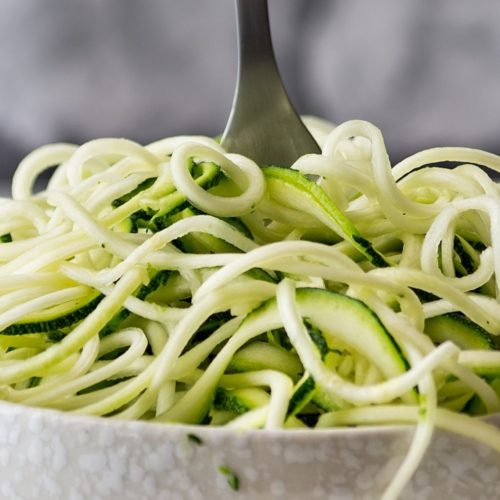
Zoodles And Sausage
Ingredients
- 1 package pre-cooked, chicken cilantro sausage
- 1-2 zucchini, turned into zoodles
- 3 tablespoons olive oil
- 1 large sweet onion, diced
- 2 cloves garlic, minced
- 1 large tomato, diced
- 1 green pepper, diced
- 1 tablespoon tomato paste
- 1/2 cup minced cilantro
- sea salt and pepper to taste
Instructions
- Add 2 tablespoons olive oil to the skillet
- Add 1/2 of the diced onion and the garlic
- When the onion starts to soften turn down the heat slightly and add the zucchini
- Toss and cook the zucchini for approximately 5 minutes until it is coated in oil and warmed through
- Place zucchini and onions into a serving dish
- Add 1 tablespoon olive oil to the skillet
- Add the rest of the onion
- When onion starts to soften add bell pepper, tomato, and tomato paste
- Saute until bell pepper starts to soften
- Add salt and pepper to taste
- Spoon mixture over zucchini noodles
- Place sausage in the skillet and heat until browned on the outside
- Remove sausage from skillet and slice into bite sized pieces
- Sprinkle sausage pieces on top of dish
- Garnish with cilantro

